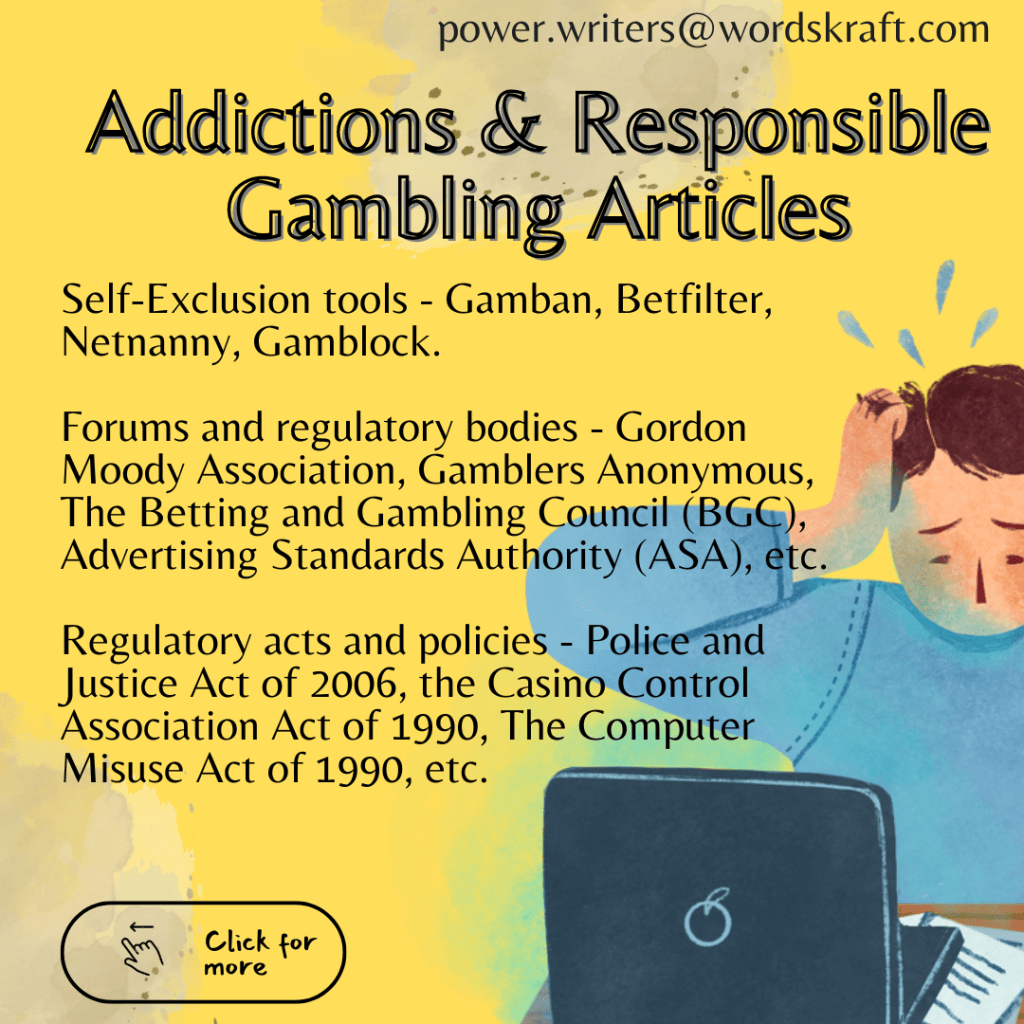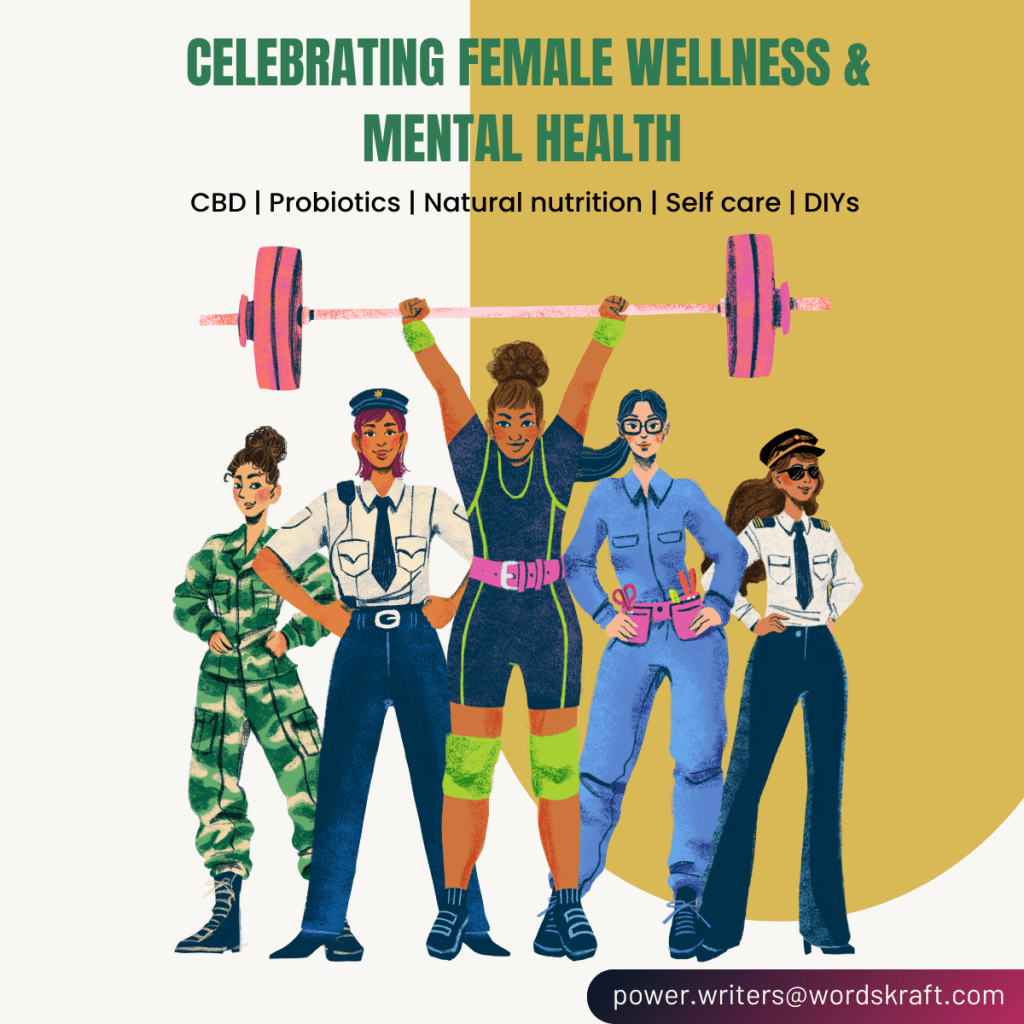We specialize in creating professional RFP documents, project execution models, resource on-boarding matrices, and PPTs, highlighting the following major aspects:
The Foundation Concepts Defining a Strong RFP and Project Execution Model
- A Brief History of the Company.
- Key Objectives & Offerings.
- Specialized skill set pertaining to the client’s requirement.
- Blogs on Price estimation – Fixed Bid and Time & Material.
- Blogs on the “balance” between available man-resource & machinery-resource.
- Blogs on project scopes and contingency plans.
- Price estimation – Fixed Bid and Time & Material.
- Past experiences and accolades.
- Capability Decks, Timeline Snapshots, etc attached.
- Sales & Capability Brochures.
- Market coverage & Effort estimation documents.
Our Experience With Interesting Pre-Sales Proposals (PPTX)



A Comparative Study: Waterfall Model & Agile Model.
Among different Software Development Life Cycle (SDLC) methodologies, two of the most common approaches are Waterfall and Agile.
Waterfall & Agile are the two most well-known of all SDLC approaches the contrasting nature of the two approaches depict the transformation of the software development cycle in the context of changing business requirements over the period of the application development.









Agile: Sprints, Whiteboard, User Stories, Backlogs
The prime focus of the agile model is to produce a Minimum Viable Product (MVP). A working and usable software product build with limited features is delivered after each iteration. With the increasing number of iteration new features are added to the product. Eventually, through a sequence of the iterative process, the final product comprising of all features as per the customer’s requirement gets delivered. Introduced in mid-90s agile is a very popular methodology because of its flexibility of development & adaptability towards the changing requirement.
Detailed Knowledge in JIRA (Example) and Agile Methodology:
In one of our past assignments, I was part of a SCRUM team and had the opportunity of using JIRA. We had to proactively participate in various facets of daily SCRUM. Some of which are as follows:
- Creating User Stories in JIRA: Uses stories comprise of the business requirement stating the business need along with acceptance criteria.
- Sprint planning calls and JIRA Pointing: Based on the anticipated complexity of the story, pointing is typically done following the Fibonacci series (1 2 3 5 8 13).
- Using JIRA to monitor the Burndown chart: A chart that shows the remaining amount of work in story points in the y-axis and the sprint timeline in the x-axis.
- Project Management Documentation: We were responsible for documentation pertaining to regular project management activities. Example:
- Development timeline trackers and delivery dates.
- Resource management trackers.
- Creating Effort estimation sheets.
- Risk mitigation documents.
- Creating Business Continuity plans, and GANTT charts.




I call it the “Final Touch”. Proactive researching, stepping up the sales-pitch, increasing readability, transforming a stale piece of text into something brilliantly interesting. Find our delivery commitments here.







